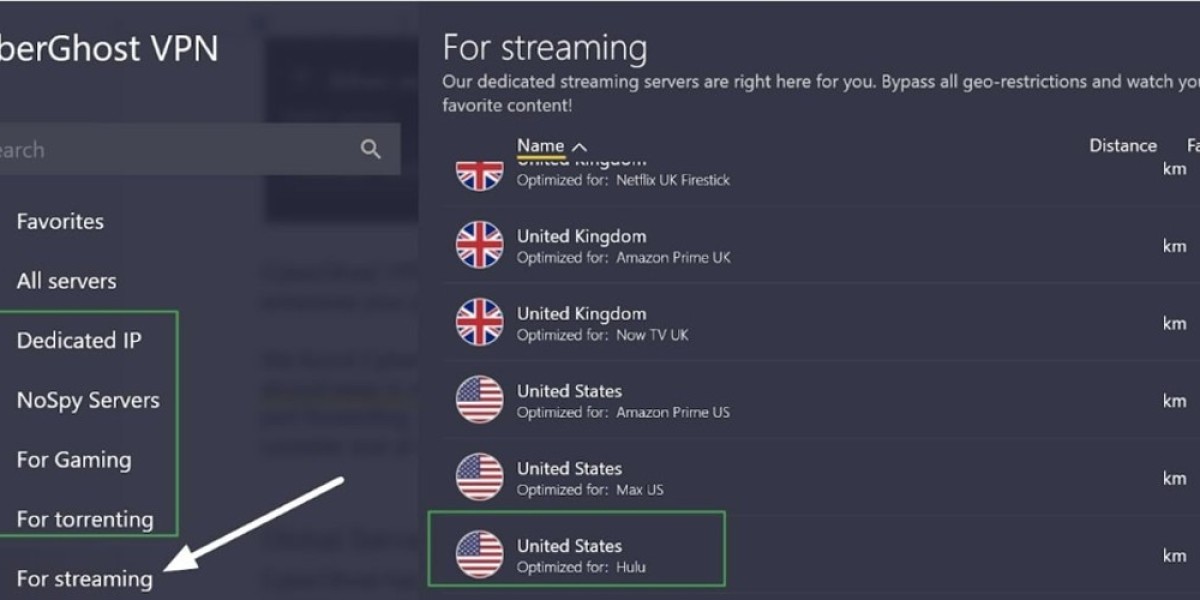In 2023, the global potato protein market was valued at USD 216.7 million. It is projected to grow at a compound annual growth rate (CAGR) of 6.4% from 2024 to 2030, reaching an estimated USD 333.4 million by 2030. The segment is emerging within the broader plant-based protein space, driven by rising adoption of veganism, plant-centric diets, and growing interest in sustainable nutrition.
Key Market Trends & Insights
- In 2023, North America held a dominant share, contributing over 36% of global revenue.
- The U.S. market is forecast to expand at a CAGR of 5.5% between 2024 and 2030.
- Among product types, potato protein concentrates held over 61% of the revenue share in 2023.
- In terms of applications, the use of potato protein in animal feed accounted for over 28% of revenue in 2023.
Consumers increasingly favor allergen-free, non-GMO, clean-label proteins. Potato protein, derived from the byproducts of potato starch production, has a rich and complete amino acid profile, making it a promising alternative to animal-based and other plant proteins like soy or pea. Advances in extraction and processing have improved solubility, purity, and taste, which enables broader use—from protein shakes to bars. Moreover, potatoes generally require less water and fewer pesticides compared to other crops, strengthening the case for potato protein as an environmentally friendly protein source.
The rising demand for nutrient-dense, plant-based ingredients also supports innovation in alternative potato protein sources such as sweet potato protein for sports nutrition and functional foods. Recent commercial introductions—such as a high-purity potato protein isolate targeted at beverage and sports nutrition applications—underscore growing industry confidence.
Market Size & Forecast
- 2023 size: USD 216.7 million
- 2030 projection: USD 333.4 million
- CAGR (2024–2030): 6.4%
- Leading region: North America (2023)
As the category evolves, the potato protein isolate segment is also expected to see meaningful growth—with a projected CAGR of 5.6% during the forecast period. Its favorable amino acid profile, along with improved extraction technologies (raising yield and stability across conditions), supports its uptake across multiple food and beverage uses.
In terms of applications, animal feed remains the largest share, but meat analogues and alternative protein foods are fast growing. For example, the meat analogue application is forecast to grow at about 8.0% CAGR through 2030. Technologies that enable texture, emulsification, and taste improvements help potato protein compete with established proteins like soy and whey. All these factors together support steady expansion through 2030.
Order a free sample PDF of the Potato Protein Market Intelligence Study, published by Grand View Research.
Key Companies & Market Share Insight
The global potato protein landscape is shaped by both established and regional players. These companies play important roles in product development, regional expansion, and market penetration. Many are diversifying their product lines and exploring underpenetrated geographies, especially in regions such as Asia and Latin America.
Key Companies
Leading firms in the potato protein domain include:
- Agrana Beteiligungs-AG
- Omega Protein Corporation
- Avebe
- Tereos Group
- Roquette Frères
- Meelunie B.V.
- Kemin Industries, Inc.
- AKV Langholt AmbA
- Sudstarke GmbH
- Pepees S.A.
Some recent strategic moves include a product launch by a major European ingredient supplier of a next-generation potato protein, and new distribution partnerships to broaden reach in emerging regions.
Conclusion
In sum, the potato protein market is positioned for solid growth through 2030, backed by favorable consumer trends, sustainability advantages, and technological innovation. While North America leads today, other regions—particularly Asia-Pacific—are expected to grow faster due to rising investment and demand for alternative proteins. Companies that can improve extraction, broaden applications, and expand geographical reach will likely capture the greatest value in this evolving space.
Explore Horizon Databook – The world's most expansive market intelligence platform developed by Grand View Research.



